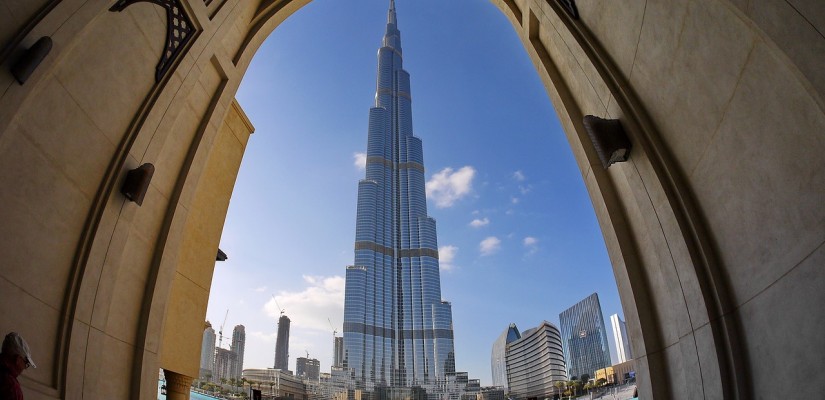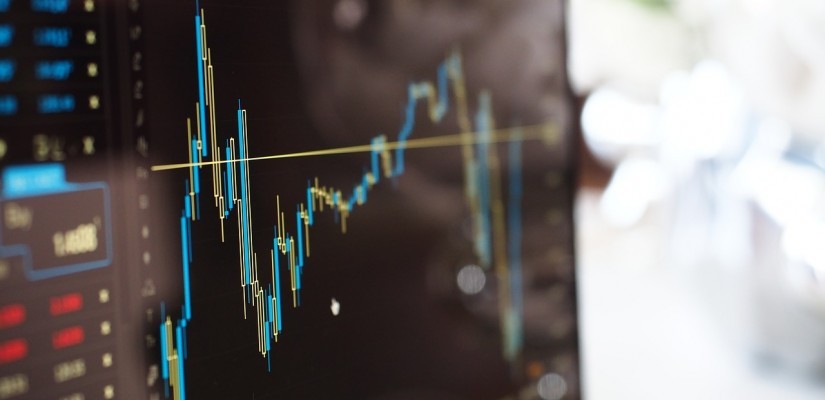Governments of the Gulf Cooperation Council (GCC) such as Saudi Arabia, Kuwait, and the United Arab Emirates (UAE) have established various sovereign wealth funds (SWFs) such as Saudi Arabian Monetary Agency (SAMA) and Kuwait Investment Authority (KIA) to manage their sovereign funds and serve the interests of the founding countries. These funds were established to serve three key interests. First, to provide opportunities to raise the rate of return on foreign exchange. Second, to protect government budgets and local economies from price fluctuations in commodity prices of oil and natural gas. Third, to transform financial returns from natural resources into a diversified asset portfolio for future generations.
According to data published by the Sovereign Wealth Fund Institute (SWFI) in March 2017, the total size of funds under management in GCC SWFs is estimated at roughly $2.96 billion, which is about 40% of the total assets of sovereign funds in the world. The vast majority of SWFs in the GCC are commodity-based funds, though a small proportion represent non-commodity funds equivalent to 7% of total fund assets. This reflects the nature of economic structures in the GCC, which depend heavily on the prices of oil and gas. The assets of wealth funds in the GCC is dominated by the UAE, which accounts for nearly 44% of the total assets of all GCC sovereign funds. The UAE is followed by Saudi Arabia and then Kuwait. Oman and Bahrain account for the smallest share of assets, at almost 0.8% and 0.4% of SWFs, respectively. According to a 2016 estimate by the SWFI, Abu Dhabi Investment Authority (ADIA) is the largest SWF, followed by KIA and then SAMA.

ADIA is the largest SWF in the Middle East, according to recent SWFI estimates. Although ADIA lost 90% of a $7 billion investment in 2008 – 2009 due to the global financial crisis, it has demonstrated the ability of these funds to reduce risks over time by shifting its invested funds to different economic sectors and different regions of the world. ADIA invests in all global markets, including government stocks and bonds, infrastructure and real estate, private equity, alternative investments and hedge funds. In general, about 70% of ADIA's assets are managed abroad because most of the fund's investments are global or overseas. To cite one example, ADIA has invested in buying US real estate and property development projects, such as shopping malls.
Within the UAE, the second-largest SWF is the Investment Corporation of Dubai (ICD), a non-commodity fund. ICD's investments cover different sectors, including finance and investment, transport, energy and industry, real estate and construction, hospitality and entertainment, retail sector and other holding companies.
KIA is the second largest SWF in terms assets in the GCC. The headquarters of fund's investments was formerly in London but has since moved back to Kuwait City. In the mid-1970s, the fund began investing in the US market in the top 75 listed companies in New York Stock Exchange (NYSE), but indirectly through various agents and in the 1980s the scope of fund's investments expanded to Japan and countries in Europe. Recently, the fund's investments have expanded to include Bahrain, Jordan, and China. The fund invests in a wide range of sectors, including hotels, industry, insurance and financial services, and real estate investments. As a result of the global financial crisis in 2008, most of the investments have become directly related to the Kuwaiti national economy to reduce risk and enhance the role of local financial institutions and corporations.

SAMA is the third largest SWF in the GCC, but unlike other sovereign funds in the GCC, this fund is not independent of the government apparatus. It instead operates within scope of the central bank. SAMA has undergone various stages of development. At the beginning of the 1970s, SAMA's investment strategy was low risk. It invested through saving deposits in 35 foreign banks that were considered to be some of the most credible and highly creditworthy banks in the world. Following the surge in oil prices in the 1970s and the resulting increase in yields, SAMA's strategy was to increase investment risk. As a result, 17 other banks were added which yielded high returns on deposits from Europe, East Asia and Canada. To further maximize investment returns, SAMA began diversifying its sovereign wealth strategy. Rather than limiting itself to foreign-held deposits, it started to invest in global oil companies listed on stock markets. In 1973, SAMA's investments in other non-oil sectors expanded. In the mid-1980s, the asset-investment strategy was changed through the distribution of foreign currencies in the investment portfolio, which was 60% of the United States Dollar, 40% of the German Mark and the Japanese Yen. Unlike most SWFs in the GCC, SAMA's foreign assets fund was not affected by the global financial crisis in 2008, as the fund's assets were not linked to high-risk investments such as direct investments and real estate investments. In order to maintain both the stability of the Saudi national economy and to invest in high-risk investments at the same time, the Saudi government established the Public Investment Fund, which is separate from SAMA. It invests in various economic sectors, whether national or international, mainly petroleum, basic industries, mining, and financial sector.
Finally, GCC SWFs, specifically in host countries, can be used to mitigate against oil price fluctuations by either diversifying the structure of exports and/or committing to the accumulation of financial assets. Diversification of the export structure can be achieved by investing in non-commodity sectors of the economy such as investments based on urban development and the development of basic services. These in turn require the development of human capital, technology and investment development under rigorous legal and legislative frameworks. The experience of the GCC shows that the accumulation of financial assets has become the preferred solution for many oil-exporting governments instead.
